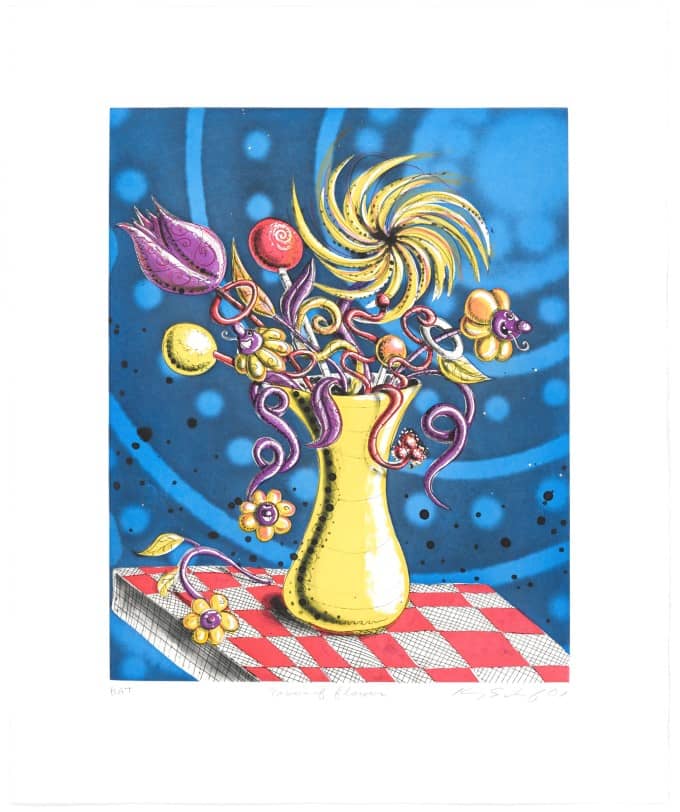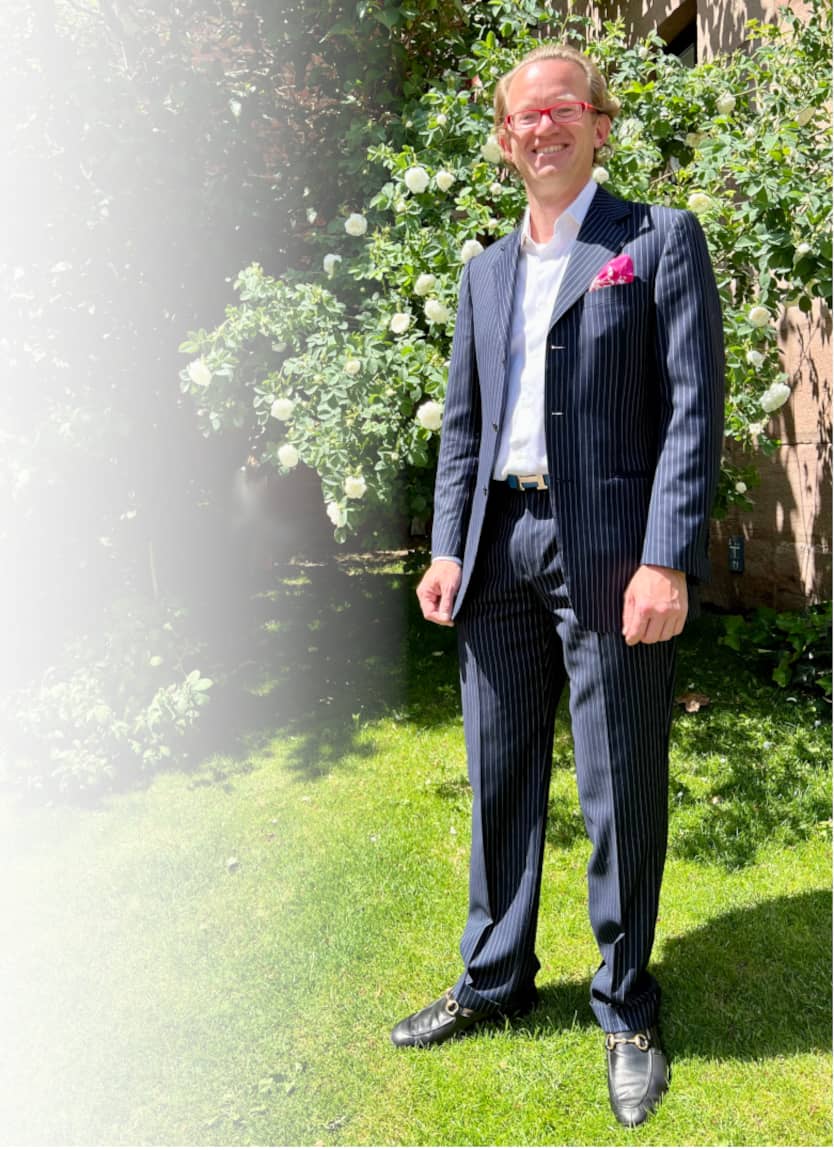Kenny Scharf (b. 1958, USA) is a renowned artist associated with the East Village Art movement of the 1980s in New York. Scharf developed a distinctive and uniquely personal artistic style in both painting and sculpture, alongside his mentor Andy Warhol and contemporaries such as Jean-Michel Basquiat and Keith Haring, with whom he coined the term and movement of street art at the end of the 20th century. References to popular culture recur in his works, such as appropriated cartoon characters from the Flintstones and Jetsons, as well as imagined anthropomorphic creatures. Through ecstatic compositions and a dazzling color palette, Scharf presents an immersive viewing experience that is both intimate and fresh. Scharf’s multifaceted practice, which includes painting, sculpture, installation, murals, performance, and fashion, reflects his commitment to creating dynamic art forms that deconstruct existing artistic hierarchies and echo the philosophy of Pop artists. But Scharf’s artistic significance transcends the art historical terrain of Pop Art; the artist instead coined the term “Pop Surrealist” to describe his unique practice. His inclusion in the 1985 Whitney Biennial marked the beginning of his international phenomenon, a reputation that continues to this day.





